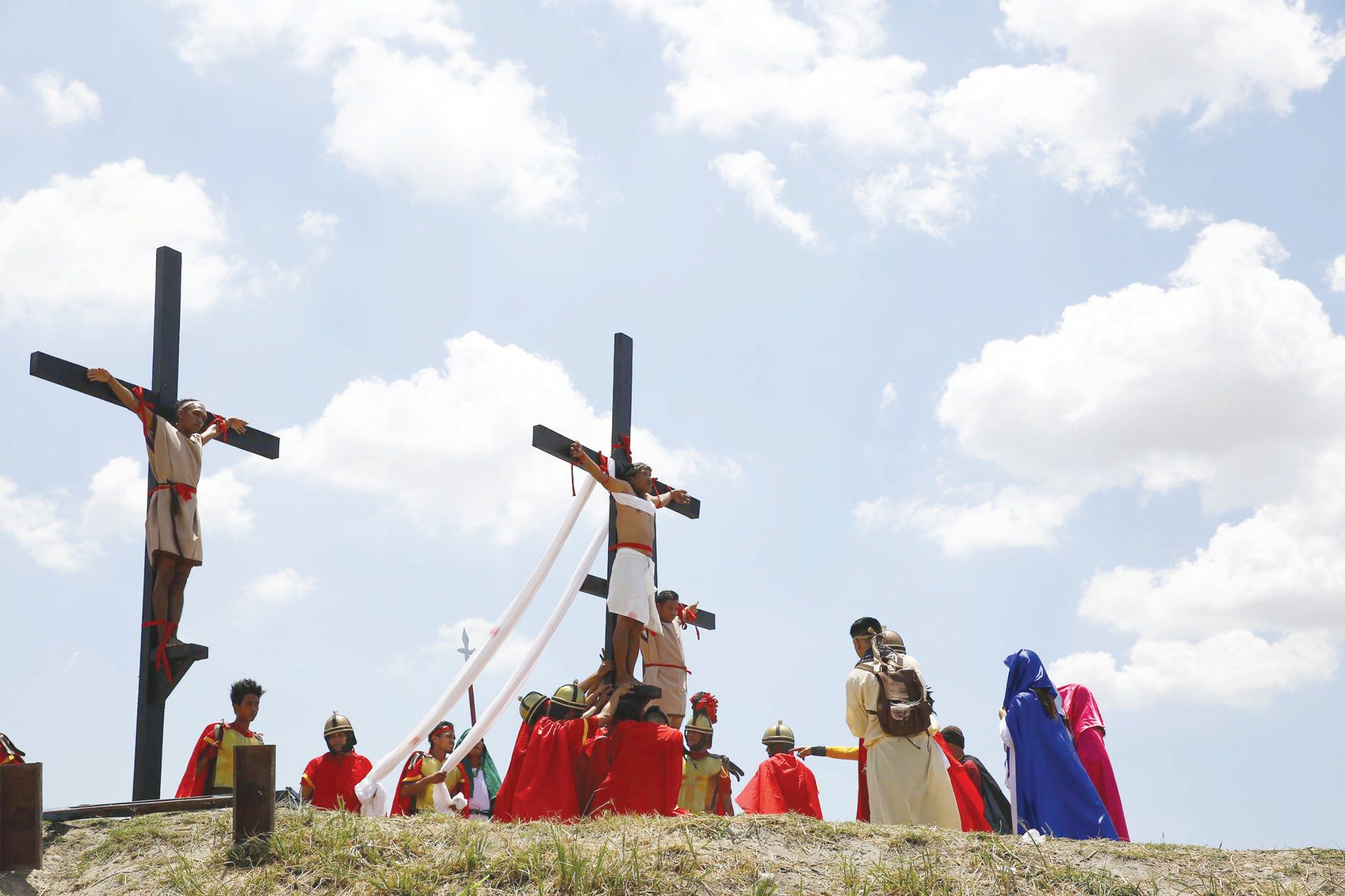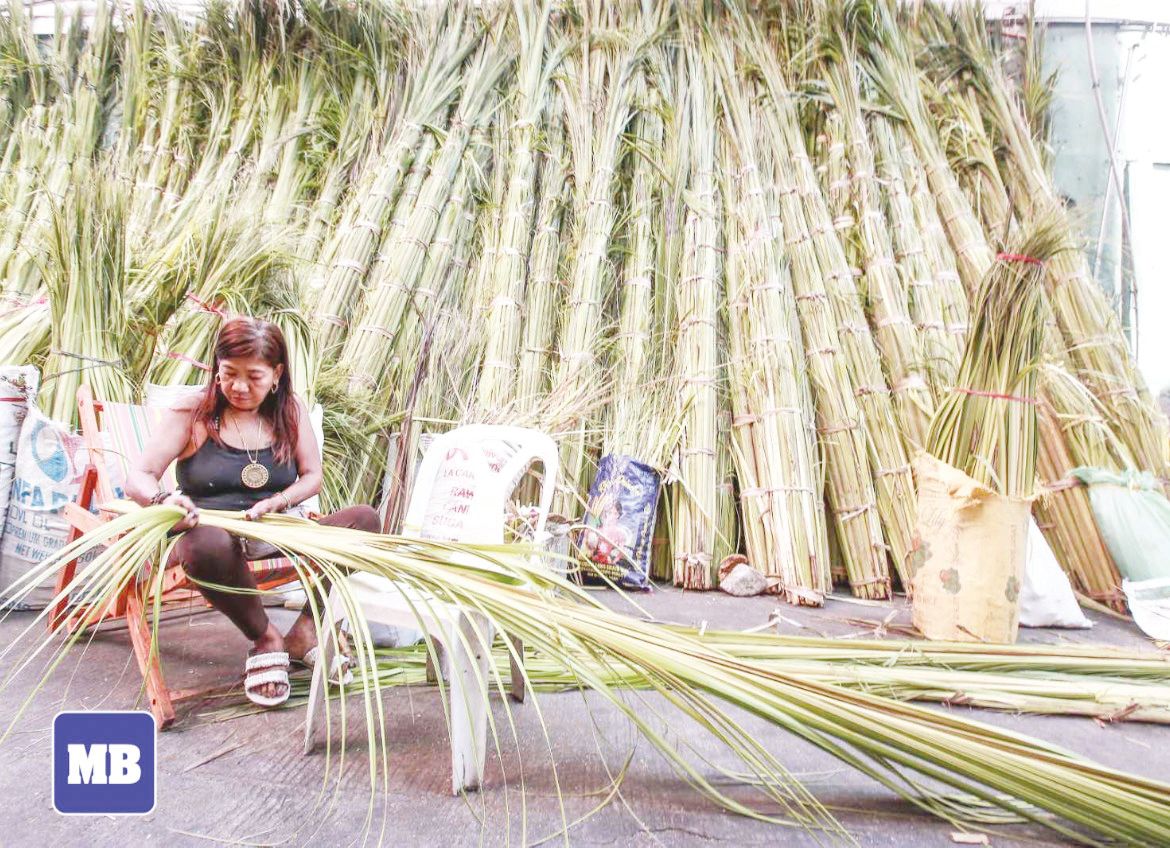
Holy Week is a significant time for Catholics, serving as a sacred period for deep reflection and respect for their faith. As we commemorate Holy Week, we recognize its importance, which is marked by solemn observance and cherished traditions.
I grew up in a neighborhood rich in traditions, especially during Holy Week. These customs begin on Palm Sunday, commemorating Jesus' triumphant entry into Jerusalem one week before Easter. On this day, we buy palaspas (palm leaves) that the priest blesses during the Mass.
When we were younger, we believed that blessed palm leaves warded off evil spirits. Therefore, when we returned home from church, we placed the palm leaves by the window or near the main door. Over the years, the Catholic Church has dispelled the old myth that these leaves can serve as an amulet to drive away evil spirits.
During Holy Week, we were advised to stay home, as traveling may increase the risk of accidents. I became convinced of this after what happened to my mother. We were giving her a ride to the market when she tripped and got injured. I was shocked. The elders told my mom, “You were told not to leave, but you insisted. See, you got injured.” Ever since, we hardly ever left the house during Holy Week.

We were also told not to make noise on Maundy Thursday, Good Friday, and Black Saturday, meaning we should refrain from playing and celebrating outdoors because it is a time of mourning Christ’s death. I have outgrown this belief and now attend church for the Visita Iglesia, where I pray the Stations of the Cross.
We believe that the most sacred time during Good Friday is from 12 noon to 3 p.m., as this is when Jesus was on the Cross. This period is sometimes referred to as the three hours of agony. It’s important to observe silence in your home during this time.
On Good Friday, elders advised us to bathe before 3 p.m. because it is believed that Jesus Christ died at that time. It is said to bring bad luck to bathe after His death. We were told that those who break this rule may experience negative consequences. For instance, a neighbor who bathed after 3 p.m. reportedly ended up with wounds on his body. I was terrified by this belief, so I still follow it now that I’m older.
In Catholicism, abstaining from meat—especially on Fridays during Lent—is a traditional form of penance and a reminder of Jesus' sacrifice. I recall an experience when I broke this tradition while working as a church reporter covering the nailing of several Filipino penitents in Cutud, Pampanga.
After the event, we felt hungry. We looked at the carinderias and eateries in the area and were surprised to find that they were all serving meat dishes: menudo, beef mechado, tinola, pork chops, and more—all on Good Friday. We had no choice but to order rice, fried chicken, and menudo because we were hungry. A week later, I went to church to confess my sin of eating meat on Good Friday.
Reflecting on my past, I smile at the traditions we followed during Holy Week. The atmosphere was often quiet, highlighted by the soft sounds of church bells ringing in the streets.
Families came together to participate in the processions. Each day had its special customs, from the touching reenactments of the Passion to the delightful aroma of food cooking at home for Easter. These experiences brought warmth and unity to our community.
The memories of these moments fill me with nostalgia and joy. They were more than rituals; they helped us connect with our heritage and faith.